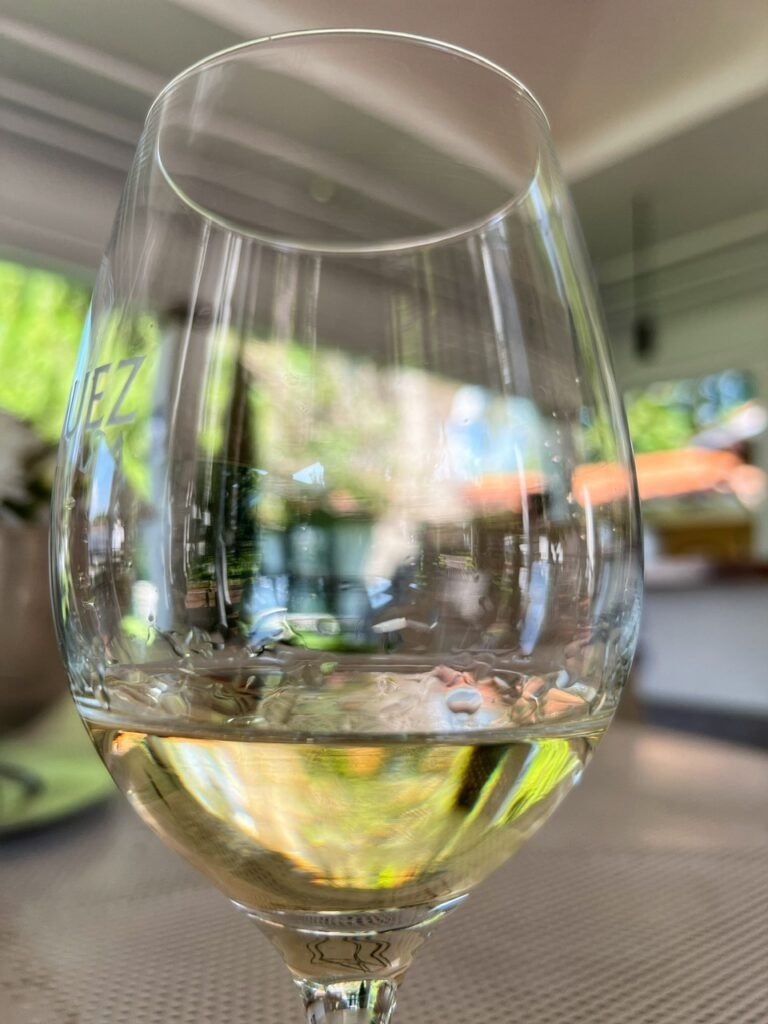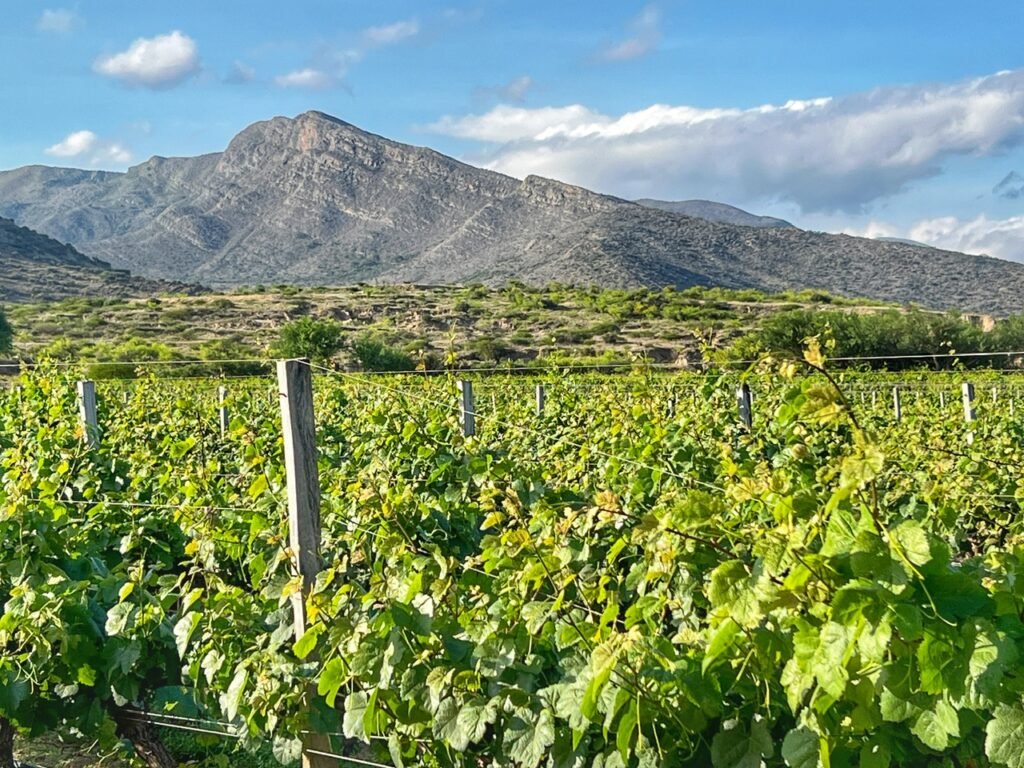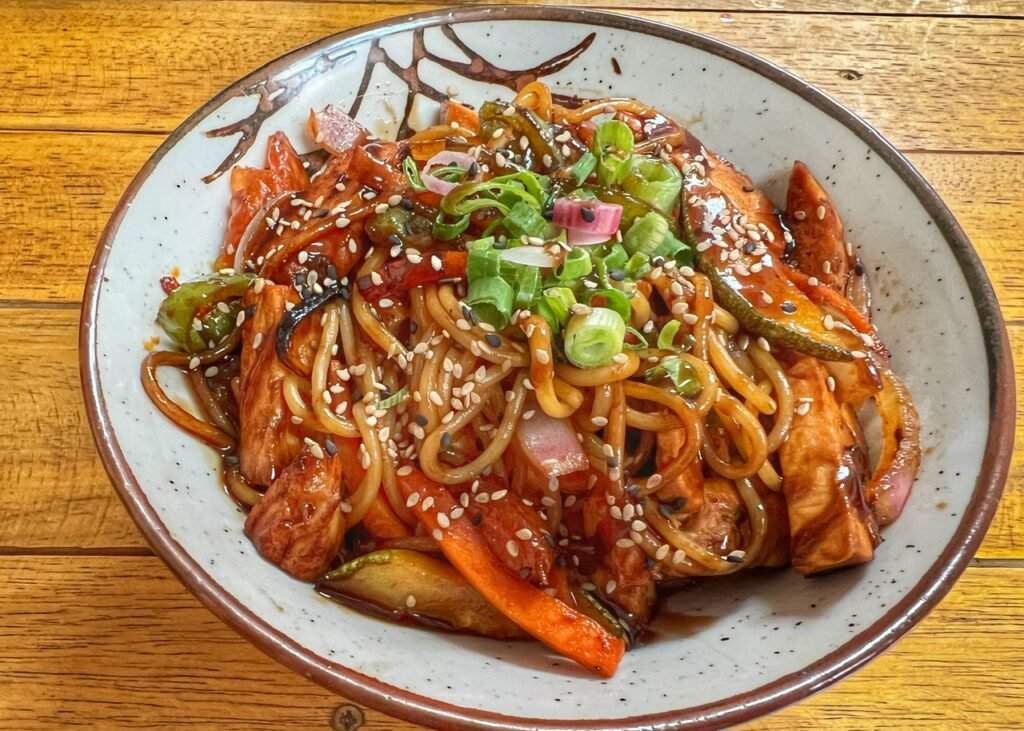
Getting There/Accommodation
According to the usually reliable Rome to Rio transportation app, it would take two hours to get from Tupiza to our last stop in Bolivia, Tarija. This was definitely not the case because it took about six. But, finally…our $6 bus was one of those classic Latin American buses we expected to ride in Bolivia, complete with broken glass, rust and probably some unseen duct tape holding things together. But no worries, the top heavy double decker bus chugged along the serpentine and very cliffy dirt road very smoothly. 🤣

The very mountainous Andean terrain we descended consisted of at least 3 hours of washboard dirt roads, no guard rails and the general feeling that the box of metal was about to tumble off the road at every hairpin turn.

But yay! Guess who was along for the ride in this sea of orange with us? Yes, Roos and Bob from Holland.


She miraculously made it all the way to Tarija!


The precarious, but gorgeous views out the window. Meh. No problem. We’ve had far worse!

After arriving to a surprisingly organized bus station, we got to our fifth floor $19 Airbnb apartment in Tarija, which had a terrific view of the surrounding mountains….


And a full kitchen and bathroom. But the most exciting part was the washing machine in the bathroom because we hadn’t had one all month! 😁

Grabbing a quick meal Halloween feast in our starvation. It was pollo. Surprise surprise.
A Taste of Tuscany & Tannat

After all the adventuring in central Bolivia, we were more than ready for a little relaxing treat and there’s no better place in Bolivia for just that than Tarija, home of rolling mountain vineyards, Tannat wines and warm, gentle breezes. (Plus, we were very happy for the humidity to plump our dry skin back up and remove the 10 years of extra wrinkles we’d formed in recent weeks 🤣.) Toss in some lavender and it could not have been a more beautiful setting.
We chose to visit the award-winning Aranjuez, a family-run winery for three generations which feels like it fell out of Tuscany. It included a facility tour where they make the wine, which was in Tarija, as well as a transfer to a vineyard tour about 30 minutes outside of the city. And of course, four glasses, and detailed descriptions of bite pairings. 120 Bolivianos/$17.

Don’t we look like poster children for Wine Tasting Magazine?! 🤣 It was sure sad to say goodbye to Roos and Bob when we had to part ways!

Juan Cruz is a wine the family sweetly named after one of their employees who had been working with them for 40 years. The wine was the first Gran Reserva de Tannat del Pais and winner of the first Great Gold Medal of Bolivia in 2013 in Uruguay in an exclusive contest.

A tiny chapel on the vineyard the family recently had been dedicated to the grandmother of the vineyard who passed away a year ago. It completed the atmosphere perfectly.

The winemaking facility, on the edge of the city, felt very reminiscent of California.

The selection of wines Aranjuez makes. Most of the ones we tasted were sweeter rather than dry.


It was a full scale and sophisticated operation as you can see by their fermentation tanks. Greg always get a little hot and bothered around this kind of equipment.

Wine storage racks


Our first sip of wine in over a month since Buenos Aires. Mandy in her happy place.


The founder’s vivacious grandson, Gerardo, shows off the very first tannat plant in Bolivia, placed on this vineyard in 1999 amongst impeccable scenery. Since then, the type of wine has exploded in popularity. Today it’s the most produced red strain in the country and it was our first time trying it. It was very bold and full-bodied wine with a lot of tannins so much so that Gerardo didn’t recommend having multiple glasses in one night. He recommended pairing it with red meat to cut the boldness. We found it to have hints of black cherry or red currant.

We then visited the chapel, which has already been home to several weddings and baptisms.


It felt so off still being in Bolivia, yet to feel completely transported.


The bodega’s tasting room. The look on Roos’ face in this photo is priceless. Having not done a lot of tastings, she was so excited. 🤣

Our guide was not only the English-speaking grandson of the original founder. He also was a student of chemical engineering which provided a unique insight into wine tasting that we’d never experienced. We wholeheartedly recommend this tour.
Why else to go to Tarija

Not many travelers go to Tarija but they really should. It ended up being a very pleasant and welcome surprise, and one of our favorite stops in the country….one of the few places we felt we could easily stay for an extended period. Not because it offered something particularly extraordinary, but because it had great food options, and was the most comfortable, organized, cleanest, and greenest place we visited in Bolivia. And interestingly, reminded us a bit of Oaxaca (Mexico). This is one of three main plazas in the city. They were all crowned with ravishing palms, fountains and lots of benches for appreciating ice cream.

And although we lived about a 15-minute walk from the center, we were able to get there by a lovely walking path framed by a busy street.


We were SOOO excited to have a break from chicken and fries at Yamasori, a quite delicious Japanese joint. Mandy had tofu yakisoba and Greg Spicy Tori-Shio Ramen. Both meals with tip were $11.70.


On another day it was back to traditional food and plastic chairs. For this particular menu del dia, we had salad, soup, juice and Majadito, a quite delicious Bolivian dish that kinda tastes like chicken fried rice, topped with a fried egg and cooked bananas. All for a screaming deal of $1.45/each.

Another day, another square!


The streets of Tarija had a very similar feel to Oaxaca to us, and were super clean compared to other places we’d visited in Bolivia.


They also had some lovely architecture to admire…


And a well-stocked covered indoor market. Again, despite this, they gotta have those umbrellas. Interestingly the market was also mixed with retail stores making it kind of a market/mall.


A mall of meat. And pastries, although we realized the pastries, like in Mexico, are pretty easy to resist in Bolivia, unlike Argentina.

The upstairs food court is filled with traditional foods and vendors.

Rose gardens are also sprinkled throughout the city.

The Castillo Azul Moises Navajas, a private property you can only admire from the outside.

What a fun place to lock up your bike!



